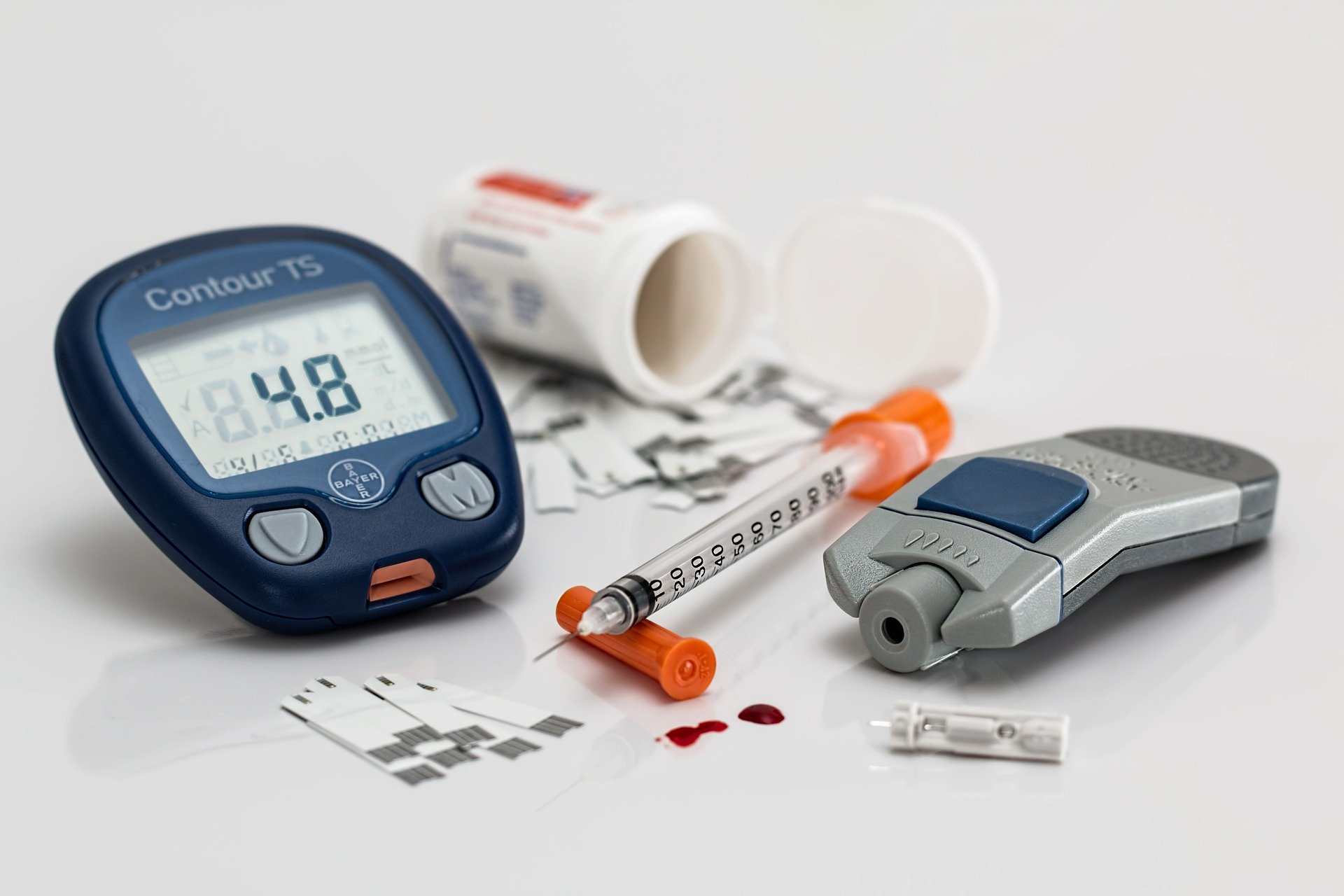Type 2 Diabetes (T2D) develops when the body is not able to produce enough insulin or becomes resistant to insulin. The body absorbs glucose (sugar) from the bloodstream using insulin; therefore, people with T2D administer insulin to themselves in order to control and lower their blood sugar levels. There is a strong association between weight and T2D, in which being overweight or obese can significantly increase the likelihood of developing T2D. A recently published research study has worked on testing an experimental cancer drug’s ability to help regulate blood glucose levels and promote weight loss in mice. The researchers conducted a drug screen in mice to select new therapies that could then be further researched to determine their efficacy to stimulate insulin release from pancreatic beta cells (site of insulin production). The researchers compared the drugs to the commonly used glucagon-like peptide 1 agonists (GLP-agonists) treatment, which triggers insulin release to help promote weight loss and sugar regulation. GLP proteins are involved in insulin regulation, influencing when insulin is released into the bloodstream, along with affecting metabolism and appetite. By comparing an experimental drug (ones that are different than the GLP-agonists) to one that is known to produce the desired effect, the researchers were able to select drugs that promote insulin secretion. From this screen the researchers chose to pursue the drug MS-275, which is a class 1 histone deacetylase inhibitor (class 1 HDAC). MS-275 was more effective compared to GLP-agonists in regulating GLP proteins to release insulin; however, the combination of these two drugs was able to amplify the response of insulin release into the bloodstream.
A vial of insulin that is used as a treatment method for patients with diabetes. Improper insulin regulation results in high blood sugar levels and needs constant monitoring.
Image Source: KEREM YUCEL
The researchers tested these two drugs (MS-275 and the GLP-agonist used together for the amplified effect) further using an obese mouse model to determine whether or not MS-275 could help promote weight loss and control blood glucose levels, modeling a treatment for T2D. These mice were fed a high-fat diet that was able to increase blood sugar levels to serve as a diabetes model. The two drugs were successful in lowering blood sugar levels and could be sustained over time with repeated injections. On top of that, the mice reduced their food intake, which helped to promote weight loss. Overall, the positive results using MS-275 and GLP-agonists suggest that they can serve as a new treatment method to be tested in human patients in a clinical setting. It is a long-term goal to have T2D patients lose weight as a way to better manage their symptoms. Using a combination of treatment methods that are able to control blood sugar levels and help promote weight loss at the same time could significantly help T2D patients better manage their symptoms over a long period of time.
Featured Image Source: Steve Buissinne










